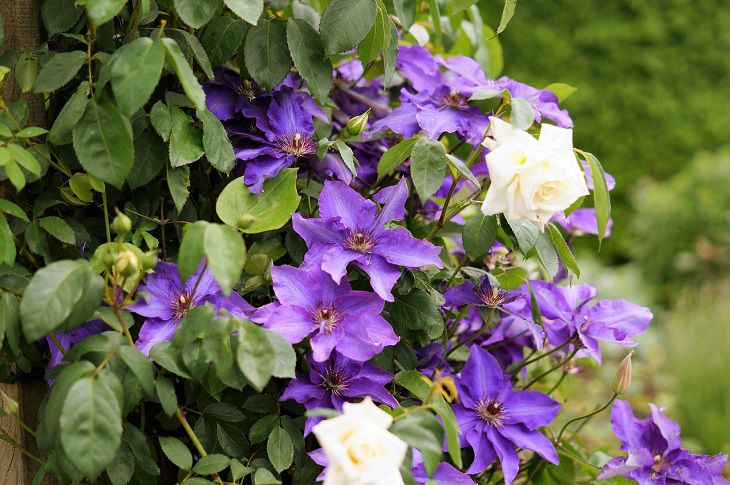Not everyone wants their gardens to be full of fruits and vegetables - some people prefer beautiful flowers instead!
Clementines can turn your garden into a fantasy-like place with columns and fences entwined with beautiful flowers.
Here are a few tips on how to grow Clementines.

Right Soil Composition
Ensure well-draining soil for your Clementine flowers.
A mix of garden soil and compost promotes healthy root development and prevents waterlogging.
Sunlight Balance
Clementine flowers thrive in full sunlight.
However, in extremely hot climates, provide some afternoon shade to prevent stress on the plants.
Watering Wisdom
Water consistently but avoid overwatering. Allow the soil to dry slightly between waterings.
Deep, infrequent watering encourages robust root systems.
Mulch Magic
Apply a layer of organic mulch around the base of your Clementines.
Mulch helps retain moisture, suppress weeds, and regulates soil temperature, promoting a conducive environment for growth.
Pruning Practices
Regularly prune dead or crowded branches to improve air circulation.
This helps prevent diseases and ensures that each branch receives adequate sunlight.
Feeding Finesse
Use a balanced, slow-release fertilizer during the growing season.
Avoid excessive nitrogen, as it may encourage foliage growth at the expense of flower development.
Pest Vigilance
Keep an eye out for pests like aphids or mites. Early detection allows for prompt action.
Use natural remedies or insecticidal soap to protect your Clementines without harmful chemicals.
Temperature Tolerance
Clementine flowers are sensitive to cold.
If you're in a region with occasional frost, consider covering the plants during chilly nights to protect budding flowers.
Previously, we talked about growing Aslpenium.












